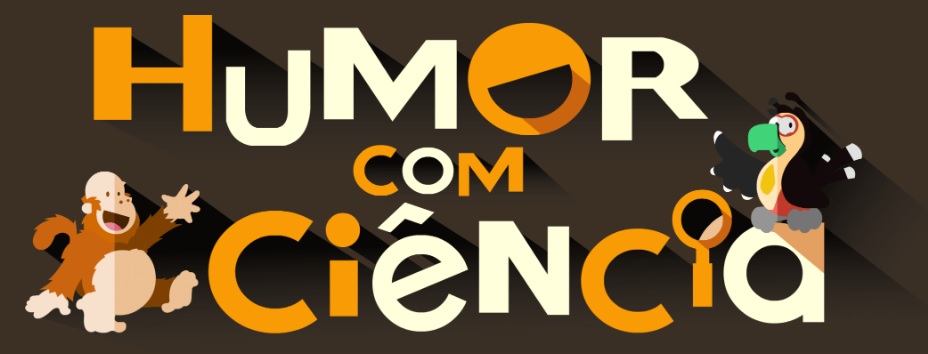2SH70XB
WASHINGTON DC, United States — 'Lucy Selfie' by Elisabeth Daynes presents an anatomical reconstruction of the famous Australopithecus afarensis fossil holding a smartphone. Created using silicon, natural hair, yak hair, glass eyes, and resin, this artistic interpretation combines paleoanthropology with contemporary social commentary. The sculpture is displayed at the Smithsonian's National Museum of Natural History.
DC



























































































































































